Over the past few months, the government’s policy changes to healthcare and hospitalisation have shown that we can no longer rely on our Integrated Shield Plan alone to cover us for the cost of falling ill. With the recent spotlight on cancer treatment costs, not many people are aware that the cost of cancer is not limited to one’s hospitalisation bills alone, but also from outpatient treatments, ongoing drugs and medications to manage the condition, caregiving costs and even a potential loss of income. After having seen a few of my friends battle cancer, I’ve come to realise that the growing need for critical illness coverage (or at least, cancer protection) is now one that we can no longer afford to ignore.
In case you didn’t notice last month, the Singapore government rolled out a significant policy change in its fight against rising cancer costs. The biggest change is that cancer patients will now only be able to make claims from their basic Integrated Shield Plans for approved drugs on the government’s Cancer Drug List (CDL) (view it here), AND the active ingredient MUST fit the clinical indication stated on the list.
Even if your treatment is approved under CDL, you will need to take note of the limits as to how much you can claim:
- Patients on Integrated Shield Plans (IPs) will now only be covered up to a maximum of $18,000 a year for cancer drug services (works out to be ~$1,500 a month).
(Calculations: 5 x MSHL limit of $3.6k / year)
- Cancer drugs on CDL will be covered anywhere between $1,000 – $48,000 per month depending on the drug
(Calculations: 5 x MSHL limit of $200 – $9,600 across different drug categories) - .
- Treatments not covered under CDL will no longer be claimable from your IP, which means there may be treatments where you will need to pay cash out of your own pocket. But if you have riders on your IP and/or plans covering you for cancer, your out-of-pocket cash expenses may be minimized.
While I recognize that the policy change is necessary for the benefit of larger society, the biggest question I had was, how does this impact the individual? And does it mean that certain individuals will now have to be prepared to bear much higher costs from here? If so, what can we do to protect ourselves financially?
How much does cancer treatment cost?
According to Seedly (with the help of Singapore Cancer Society), the average cost of late-stage cancer treatment can range from ~$8,000 – $17,000 a month. This corresponds with the data on a secondary online resource (here) – which studied 3 years worth of a local insurer’s claims paid out – stating that late-stage cancer treatments in Singapore can cost $100,000 to $200,000 a year.
Disclaimer: It is unclear if these refer to CDL or non-CDL types of treatment, as the historical data does not account for 2023’s launch of CDL.
In the last few years, we’ve already seen our government roll out several significant policy changes that impacts our healthcare coverage, so I won’t be surprised if there are more measures in the next few years. As such, my view is that we can no longer afford NOT to have critical illness protection anymore.
Given the limits, I feel that it is time for us to finally wave goodbye to the good old days of being able to claim all your medical expenses from one’s private hospitalisation insurance plan. Not only do we have to pay a minimum sum upfront now with co-payments and deductibles, but we have to also keep updated of newer policy changes like the CDL for cancer patients.
These policy changes in the past few years essentially point to the growing trend of consumers having to be prepared to fork out a higher cash portion for the bills if we were to fall sick.
But where will this cash come from?
Well, either from your savings, or from your critical illness insurance payout.
This has been similarly acknowledged by MOH, who has publicly responded that an option would be to get coverage for the non-CDL treatment through riders or critical illness plans.
But remember, you can only purchase critical illness insurance while you’re still healthy. Delaying it until much later will mean not just higher costs (of premiums), but also a higher likelihood that your pre-existing conditions will be excluded from protection.
P.S. Some of you might remember how, 8 years ago, I naively declared that paying for critical illness insurance was a waste of money. Back then, I was still in my early 20s with limited earning ability, and was finding ways to justify to myself that I needn’t take up critical illness insurance which would have taken up a significant portion of my monthly salary. However, it is now 2023 and even the first reason in that article (“MediShield Life already covers most medical expenses”) is no longer valid. That post still remains on this blog as a reminder to myself on how I used to think I was invincible in my 20s…before life humbled me.
Ever since I became a parent and watched things happen to people around me, I’ve increasingly come to realise the importance of income protection so that my children will not have to pay the price.
This is worrying, especially after I saw several of my friends take a year off work just so they could battle cancer, especially even more so as patients on chemotherapy have no immunity. And for one of my friends, who was the sole breadwinner of his family, he shared about how his bills still needed to be paid even though he could no longer work. If it hadn’t been for his critical illness insurance policy, they would have ran out of money much earlier.
Because regardless of whether you’re sick or healthy, the bills still need to be paid.
If you have passive income sources that can still bring cashflow in even if you were to stop working for a year or so, then your need for such policies may be lesser. But for most of us who are still exchanging our time for income, critical illness protection has become non-negotiable.

How much will protection cost?
The good news is, there are various insurance options you can look at depending on your needs and budget.
The benefits of going with one of the top insurers (like AIA) is that you tend to get:
- More comprehensive coverage
- Fixed premiums instead of yearly renewable (in the long run, you potentially pay a lower total premium vs. when you’re on yearly renewable plans)
The trick is to buy when you’re young and healthy, thus locking in a lower premium rate for your policy.
For instance, getting insured for $100,000 with AIA’s MultiStage Cancer Cover can cost less than $30/month if you buy when you’re a 25-year-old female. The total cost to insure you for the next 20 years is ~$6,985 (i.e. $349.23 annually x 20) vs. $7,800* for another similar offering by another insurer.
*For the same case of a healthy 25-year-old female non-smoker, who starts buying when she is 25 years old for 20 years. The other insurer used is a direct online insurer (where you can buy without having to go through an agent). In both cases, I calculated based on annual premiums which is cheaper than other payment frequency modes.
And if you want to protect for more than just cancer, AIA MultiStage Critical Protector covers for 6 major CI (most direct insurers cover for just 3 i.e. Cancer, Heart Attack, Stroke) including Alzheimer / Dementia, end-stage Kidney Failure and Parkinson Disease. The cost for a 25-year-old non-smoker male is ~$56/month, or ~$27k until age 65 (676.26 x 40 years) vs. ~$29k from another insurer which covers for less conditions for $100,000 coverage.
P.S. Some of you might recall that my dad got diagnosed with Parkinson Disease a few years ago, which has led me to become more wary of this.
Note: There are hardly any insurance policies that are 100% similar (the devil lies in the details), hence, you should note that I’ve made both of the above comparisons on the best basic parameters (mentioned above). You may wish to conduct your own comparison for similar products in the market.
Sponsored Message How can AIA possibly be cheaper here in the long run? The answer lies in its plans with fixed premiums which do not increase with time, as the model for many other plans is on a yearly renewable model i.e. that your premium increase every year with age. Those of you who own such plans for several years now would surely have noticed this in your yearly bills, otherwise, you can also retrieve this information from your policy document.
What to look out for when choosing a plan
If you’re lost on how much to get, I strongly recommend reading up first and then speaking with a licensed financial advisor to get a second opinion (or even speak with several, so you have more information to help you decide).
The key questions you should first ask yourself is:
- What is your budget?
- How much coverage is enough?
- What is your family’s medical history?
- Do you prefer fixed premiums, or a yearly-renewable plan with lower starting premium (which eases your cashflow when you’re younger, but goes up with higher premiums as you age)?
- How much do you value the convenience of having an agent who can help you with claims, or do you prefer to manage your own policies and file your own claims online?
Battling cancer is no easy feat. For those seeking financial reassurance against cancer bills, you may want to seriously evaluate if and how a cancer plan or critical illness plan might fit the protection needs that you seek.
Sponsored Message From now until 30 September 2023, AIA is giving up to 50% off your first year premiums^ for those of you who are currently looking to patch up your critical illness coverage gaps.
| AIA MultiStage Cancer Cover | AIA MultiStage Critical Protector |
| Get 100% payout at early, intermediate or major stage cancer Fixed premium rates for policy term of 20 years to cover the crucial phase of your life Choice of 3 coverage options – $100k, $150K and $250k (higher than the average of $200k for other similar plans in the market right now) Simple sign-up process with only 3 questions asked No medical check-up required | Covers 6 critical illnesses with a one-time 100% payout – Cancer, Heart Attack, and Stroke at the early, intermediate and major stage – Kidney Failure, Alzheimer’s Disease, and Parkinson’s Disease at the major stage (vs. the usual 3 – cancer, heart attack and stroke for other similar plans in the market right now) Fixed premium rates during your policy term Flexibility to choose between a 20-year term or until age 65 Choice of 4 coverage options – $50k, $100K, $150K and $250k Simple sign-up process with only 3 questions asked No medical check-up required |
^Terms and Conditions apply. Check out the promotion here.
Disclosure: This message is brought to you in partnership with AIA Singapore.
Important Notes by AIA:
This insurance plan is underwritten by AIA Singapore Private Limited (Reg. No. 201106386R) ("AIA"). All insurance applications are subject to AIA's underwriting and acceptance. This information is not a contract of insurance. The precise terms and conditions of this plan, including exclusions whereby the benefits under your policy may not be paid out, are specified in the policy contract. You are advised to read the policy contract.
Buying health insurance products that are not suitable for you may impact your ability to finance your future healthcare needs. You are discouraged from switching from an existing accident and/or health insurance policy to a new one without considering whether the switch is detrimental, as there may be potential disadvantages with switching. A penalty may be imposed for early policy termination and the new policy may cost more or have fewer benefits at the same cost.
Should you choose not to seek advice from an AIA Financial Services Consultant / Insurance Representative, please consider whether the product is suitable for you, and you take responsibility to ensure that this plan is appropriate to meet your financial needs and insurance objectives. You may wish to terminate the policy according to the free-look provision if you find that the policy is unsuitable after purchasing it, and AIA may recover from you any expense incurred in underwriting the policy
This policy is protected under the Policy Owners' Protection Scheme which is administered by the Singapore Deposit Insurance Corporation (SDIC). Coverage for your policy is automatic and no further action is required from you. For more information on the types of benefits that are covered under the scheme as well as the limits of coverage, where applicable, please contact your insurer or visit the GIA/LIA or SDIC web-sites (www.gia.org.sg or www.lia.org.sg or www.sdic.org.sg).
This advertisement has not been reviewed by the Monetary Authority of Singapore.
The information is correct as at 1 June 2023.
Promotion details have been updated as of 3 July 2023.
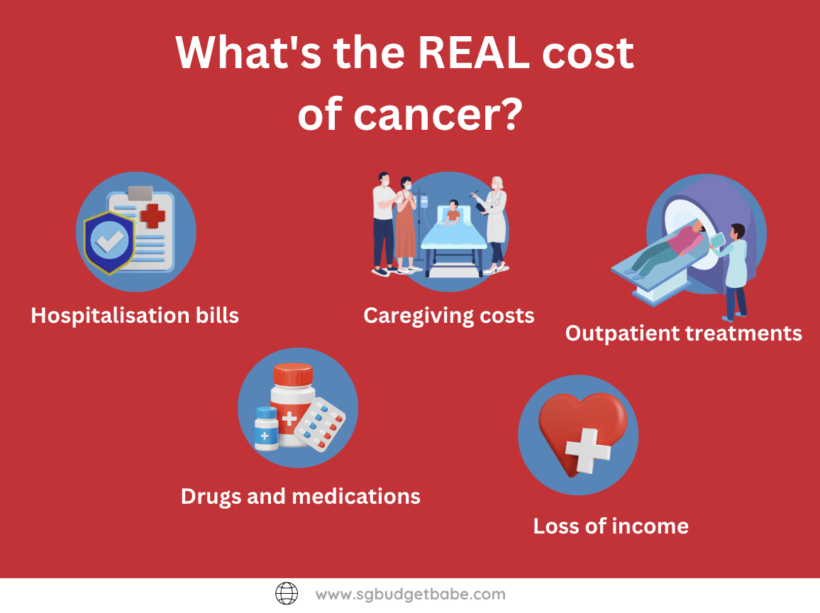


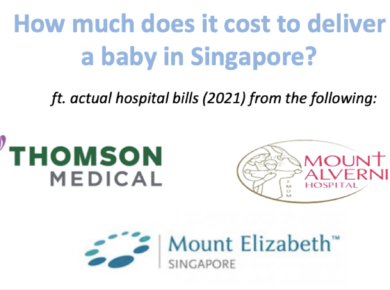
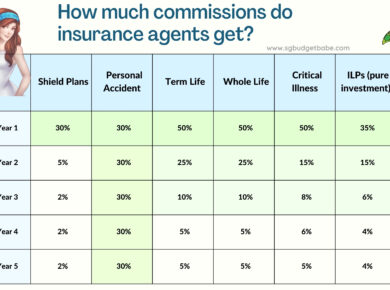
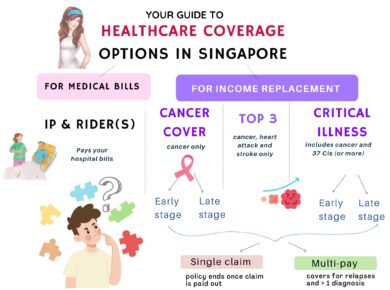
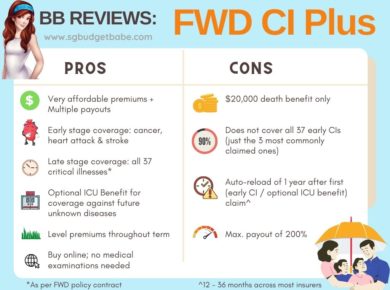
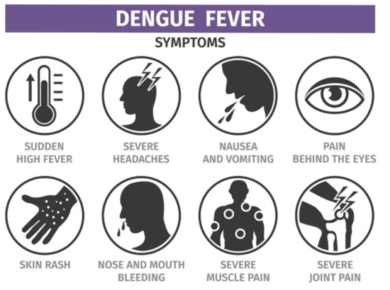
2 comments
hi BB, AIA has another multi claim CI. where a person can claim X times (it covers early CI as well… but i cannot remember how many times. there is a waiting window between 2 consecutive claims)
obviously the premiums are alot more than this AIA multistage
what are your thoughts on that? multi claim compared to this AIA multistage
will be easier if you have the name of the plans so I can comment more in detail.
Comments are closed.